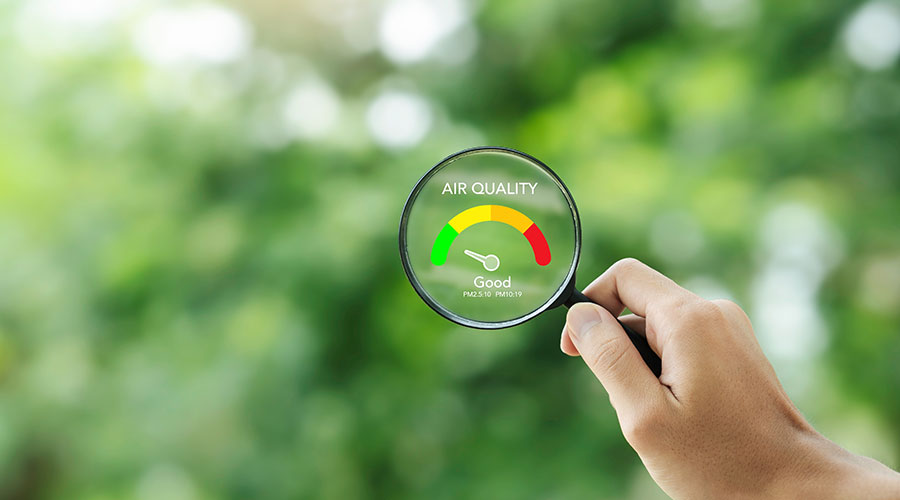IAQ: Pollutants Contribute to Asthma
As the public has come to understand the importance of indoor air quality (IAQ), schools have become a greater concern. Second-hand smoke, or environmental tobacco smoke (ETS), can cause health problems in young children. But what about other common indoor-air pollutants?
In recent years, researchers have discovered a connection between IAQ and increased cases of asthma, especially in young children.
A study by the National Academy of Sciences examined several common indoor-air pollutants as possible asthma triggers. The study divided these items into biological and chemical factors. Biological factors included dust mites, pollens and infectious agents. Chemical factors included nitrous oxide (NOx), fragrances, volatile organic compounds, formaldehyde, and tobacco smoke.
First, the study looked at the exacerbation of pre-existing asthma symptoms and determined dust mites and ETS showed sufficient evidence of a causal relationship in preschool-aged children. NOx and molds showed sufficient evidence of an association with asthma, while in older children, ETS, formaldehyde, and fragrances demonstrated suggestive evidence.
Researchers also looked at the development of asthma and found strong relationships exist between exposure to dust mites and ETS, established IAQ concerns, and asthma development.
Related Topics:














